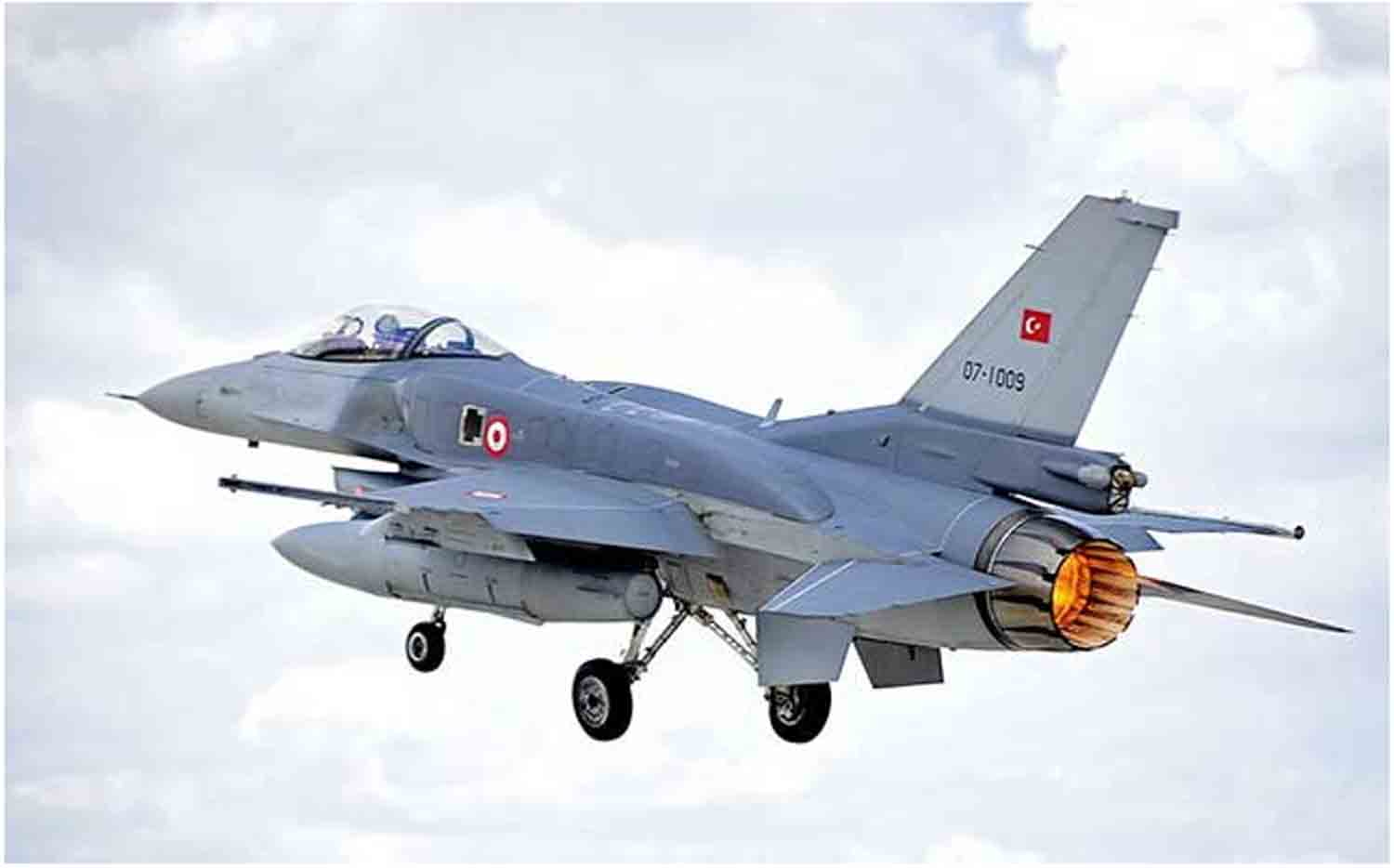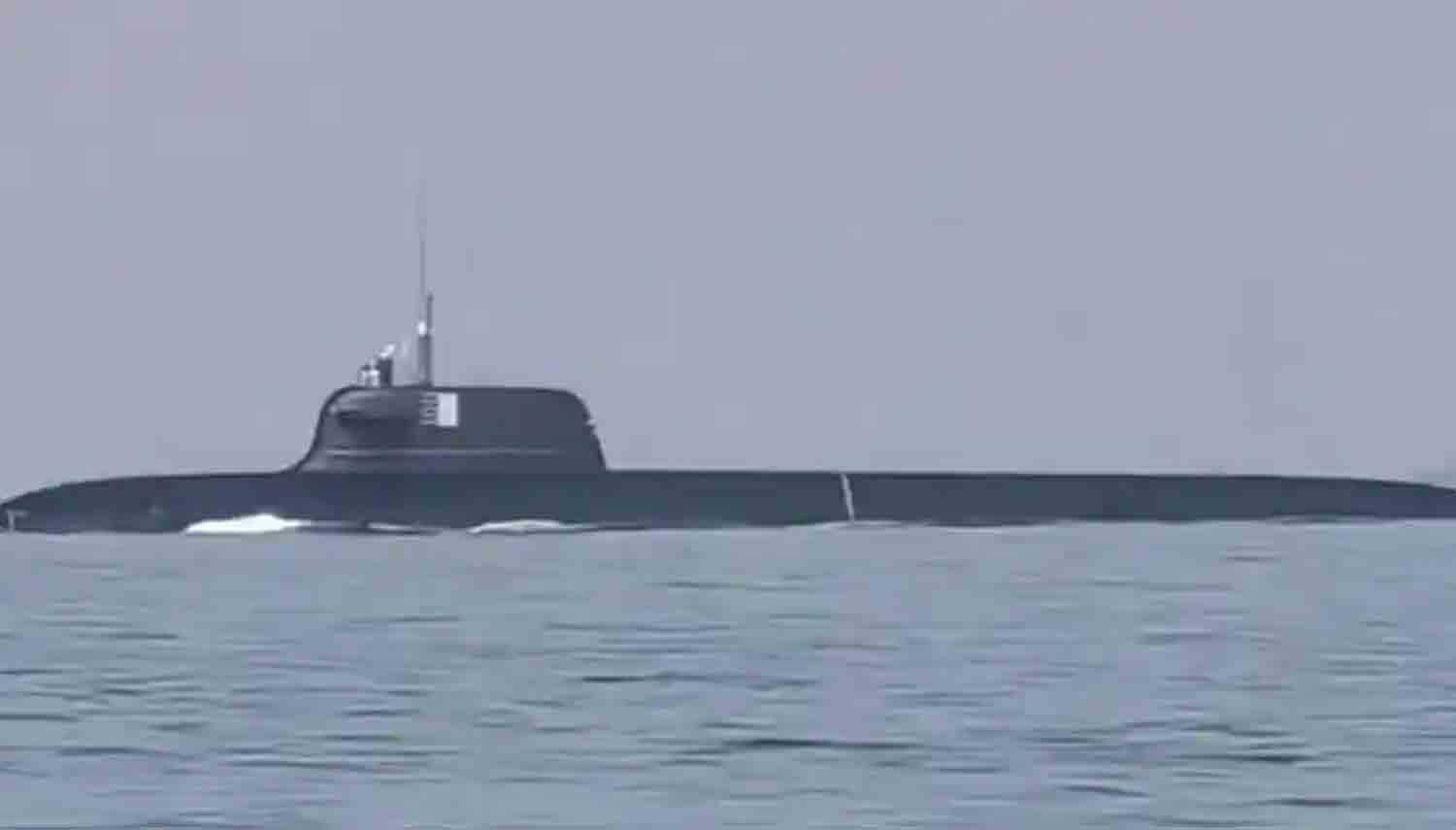Turkey is reportedly planning to set up two military bases in Syria and deploy F-16 fighter jets as part of a developing defense agreement between Ankara and Damascus, according to unnamed sources referenced by the Turkish newspaper Türkiye.
This initiative could represent a notable change in the regional military landscape, especially considering Turkey’s historical involvement in the Syrian conflict and its strategic interests in addressing threats along its southern border.
Arab sources indicate that ongoing negotiations between Turkey and Syria may soon lead to a formal joint defense pact. As part of this proposed agreement, Turkish forces would take on the role of training elements of the Syrian Army and its pilots, which could significantly enhance Syria’s air capabilities.
The training program is anticipated to coincide with the deployment of 50 Turkish F-16s, which would act as a temporary air force until Syria is able to restore its own fleet.
This development follows reports of Turkey expanding its defense collaboration beyond drone sales and reconnaissance support. The potential establishment of Turkish military bases within Syria suggests a long-term security commitment from Ankara, which could shift the regional balance of power.
A key demand from Damascus in these discussions includes the acquisition of Turkish drones, radar systems, and electronic warfare capabilities. This request is primarily focused on improving border security along the Israeli frontier, an area that has historically been a source of regional tensions.
A representative from the Syrian Defense Ministry, speaking from Damascus, has indicated that the initial delivery of Turkish drones is anticipated soon. These unmanned aerial vehicles, which may include the Bayraktar TB2 or the more sophisticated Akinci platform, are expected to enhance Syria’s surveillance and strike capabilities, especially in areas of contested airspace.
Moreover, Turkey is reportedly evaluating the introduction of integrated radar and electronic warfare (EW) systems. These systems could serve to mitigate aerial threats and bolster situational awareness along Syria’s borders.
Turkey’s recent progress in EW technology, particularly with systems like Koral and Aselsan’s electronic jamming devices, could significantly contribute to fortifying Syria’s defensive framework.
The potential introduction of Turkish military forces and assets into Syria raises important questions regarding the alignment of this agreement with broader regional dynamics. Historically, Turkey has backed groups opposing the Assad regime; however, the current Syrian leadership under Ahmed al-Sharaa seems to be prioritizing security collaboration with Ankara, moving away from previous antagonisms.
This development suggests a realignment of regional alliances, particularly as external powers such as Russia and Iran continue to influence the situation in Syria.
Reports from the Washington Post indicate that Israel has been setting up military installations in the buffer zone of the Syrian Golan Heights. This situation highlights the increasing intricacy of military operations in Syria and the potential for escalating tensions along significant strategic borders.
Turkey is gearing up to deploy its F-16 fighter jets in Syria, with the modernized F-16 Block 40M and Block 50M variants being the most probable candidates for this mission.
These aircraft, enhanced through Turkey’s Özgür program, offer a formidable combination of air-to-ground precision strike capabilities, electronic warfare improvements, and survivability enhancements, making them well-suited for the complex and often volatile combat environment of northern Syria.
As Turkish forces engage with various Kurdish militant groups, Syrian regime troops, and remaining ISIS factions—while also contending with Russian and Iranian-backed military operations—Ankara requires a fighter that can deliver powerful strikes, avoid threats, and maintain operational effectiveness.
The Block 40M is particularly well-suited for precision strike operations, an area where Turkey has increasingly relied on its domestically developed smart munitions. A significant advantage of this variant is its seamless integration with advanced targeting systems such as the AN/AAQ-33 Sniper and ASELSAN’s ASELPOD, enabling pilots to execute precise strikes on high-value targets, even under low-visibility conditions.
In a combat environment where insurgents often utilize fortified positions, underground tunnels, or urban settings, the capability to deploy GPS and laser-guided munitions with exceptional accuracy is essential.
Turkey has established a formidable collection of precision-guided munitions and cruise missiles, including the domestically produced SOM missile, which is a low-observable standoff weapon with a range exceeding 250 kilometers. This capability enables F-16s to target high-risk objectives while minimizing exposure to enemy air defenses.
This capability is particularly advantageous in a region where man-portable air-defense systems (MANPADS) and older Soviet-era missile systems continue to pose significant threats.
Conversely, the Block 50M variant offers distinct benefits, particularly in achieving air superiority and conducting suppression of enemy air defenses (SEAD) operations. Although Turkey does not encounter a substantial air-to-air threat from militant factions, the presence of Syrian and Russian air defense systems introduces a degree of risk to any cross-border missions.
Equipped with advanced radar, an enhanced electronic warfare suite, and the capability to deploy AGM-88 HARM missiles, the Block 50M is specifically engineered to mitigate these risks. These aircraft can actively detect and engage radar-guided surface-to-air missile (SAM) systems, a vital capability given Turkey’s previous losses to Syrian air defenses.
Additionally, the Block 50M features an extended beyond visual range (BVR) engagement capability, allowing Turkish pilots to identify, track, and neutralize potential airborne threats before they escalate into significant issues.
This is particularly significant in light of Russia’s ongoing air operations in the area. Although a direct confrontation between Turkish and Russian aircraft is improbable, there have been several tense aerial interactions in recent years, prompting Ankara to adopt a stance of deterrence.
In addition to their individual capabilities, the introduction of these upgraded F-16s serves as a strong indication of Turkey’s advancing airpower strategy. The Özgür modernization initiative, which features a domestically developed mission computer, advanced avionics, and an improved electronic warfare system, represents a substantial move towards decreasing reliance on U.S. assistance while ensuring these aircraft remain effective against contemporary threats.
Discover more from Defence Talks | Defense News Hub, Military Updates, Security Insights
Subscribe to get the latest posts sent to your email.





